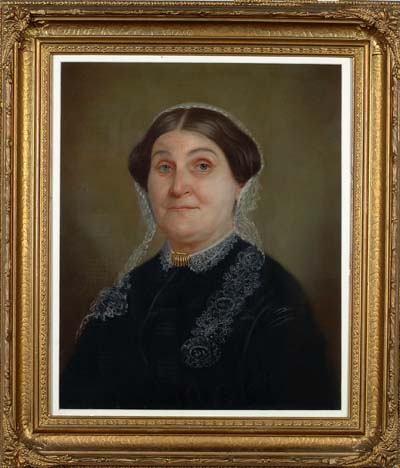why abstraction?

Portrait of Sally Taylor Smith
Adalbert Wunder
Clink on image for larger view and caption.
Why did some artists abandon making images that interpreted reality as we observe it? From the time of the Renaissance to the mid-nineteenth century prominent European and American painters had found plenty of subjects and ways to create work that seemed to provide each with a stylistic niche that made them distinctive. Suddenly, it was no longer enough to reproduce reality. There had to be something more. Artists moved from the perceptual, ie: recreating an image of what they could see (how it looks is most important) to the conceptual, ie: painting an idea (the idea behind the painting is most important).
While the web of sociological, political, cultural, commercial, philosophical, and aesthetic influences that gave rise to abstraction is a subject too complex to explore fully in a brief Web presentation, there were landmark events during the nineteenth century that can provide clues about how and why it happened. Explore the interactive timeline to discover some of the whys and wherefores about the emergence of abstraction.